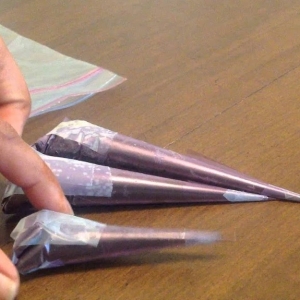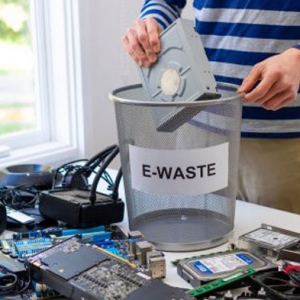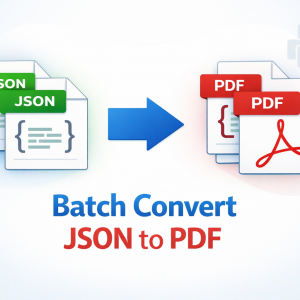The downhole drilling landscape has undergone significant transformation in recent years, driven by rapid advancements in technology. This article explores how cutting-edge simulation and predictive technologies have revolutionized downhole drilling, pushing the boundaries of performance and durability beyond their original specifications.

Evolution of Downhole Drilling Techniques
Downhole drilling techniques have evolved considerably since their primitive beginnings. From early manual methods to today’s sophisticated rigs, the industry has seen a series of groundbreaking advancements:
Early Days (Pre-1850s)
Primitive Percussion: The earliest method involved pounding a hole into the ground with a heavy weight or pole. It was slow, labor-intensive, and only effective for shallow depths.
Cable Tool Drilling: This technique used a rope or cable to lower a bit into the hole. The bit would crush the rock, and a bailer was used to remove the cuttings. While an improvement over percussion drilling, it was still slow and limited to depths of around 2,000 feet.
Rotary Drilling (Post-1850s)
Rotary Drilling: A major breakthrough, rotary drilling uses a rotating bit powered by an engine or motor to cut through rock. Drilling fluid is circulated to cool the bit and remove cuttings. This technique is much faster and can reach greater depths than previous methods.
Directional Drilling (Early 1900s – Present)
Directional Drilling: With this technique, drillers can control the direction of the borehole, allowing them to reach targets that are not directly beneath the rig, such as offshore reservoirs or those beneath complex terrains.
Advances in Drilling Technology (Mid-1900s – Present)
Mud Logging: By analyzing cuttings brought up from the wellbore, mud loggers can identify different rock formations and the presence of oil or gas.
Well Logging: Sensors lowered into the wellbore measure rock properties, helping to map formations, assess porosity, and identify oil and gas reservoirs.
Horizontal Drilling: This technique allows for drilling long horizontal sections from a single vertical wellbore, especially useful for reaching extensive reservoirs spread over large areas.
MWD/LWD (Measurement While Drilling/Logging While Drilling): These real-time technologies provide valuable data on the formation during the drilling process, enabling drillers to make critical adjustments in real-time.
The Rise of Simulation Technology in Downhole Drilling Operations
Drilling deep into the Earth is fraught with uncertainty and risk. The deeper the well, the more unpredictable the conditions become. Simulation technology has emerged as a powerful tool to mitigate these risks.
Downhole drilling simulations use sophisticated software to model various factors involved in the drilling process, including geological conditions, rig specifications, and drilling fluids.
Types of Downhole Drilling Simulations:
Geological Simulations: These models help identify potential hazards like faults or fractures, providing critical insights before drilling begins.
Drilling Mechanics Simulations: These models optimize drilling parameters such as weight on bit and rotary speed for improved efficiency.
Wellbore Stability Simulations: These simulations prevent wellbore collapse by ensuring the structural integrity of the well, which is vital for safety.
Types of Downhole Operation Simulations:
Beyond drilling, simulations are used in various downhole operations to enhance training and optimize procedures:
Workover Simulations: Model interventions to restore or enhance production, ensuring safety and efficiency.
Fracturing Simulations: Optimize hydraulic fracturing by simulating fracture propagation and fluid flow.
Production Simulations: Predict fluid flow from reservoirs to the surface, aiding in production strategy optimization.
Transient Simulations: Model short-term behaviors like flow tests or well control events.
Predictive Technologies in Downhole Drilling
The advent of predictive technologies is revolutionizing downhole drilling by enhancing safety, optimizing performance, and reducing risks. These tools allow for data-driven decisions in real-time, significantly improving drilling outcomes.

Real-time Drilling Data Analytics:
Sensors embedded in drill strings and mud pumps capture real-time data, including weight on bit, torque, and flow rates. Machine learning algorithms analyze this data to identify early warning signs of potential issues such as stuck pipe, wellbore instability, or kicks.
Formation Imaging and Logging:
Advanced tools, such as electromagnetic imaging and nuclear magnetic resonance, generate 3D images of the surrounding rock formations. This data helps predict geological hazards and make proactive adjustments to drilling plans.
Mud Logging and Geochemical Analysis:
Mud loggers analyze rock cuttings to detect changes in lithology and proximity to hydrocarbons. Advanced geochemical analysis can reveal subtle changes in the composition, indicating potential oil or gas reservoirs.
Seismic Data Interpretation and Inversion:
Advanced seismic processing techniques convert seismic data into detailed models of rock properties, enabling predictive mapping of subsurface formations and fluid content.
Cloud-based Simulation and Modeling:
Cloud platforms host powerful simulations that integrate real-time data and geological models, allowing drillers to predict wellbore behavior, optimize drilling parameters, and prevent issues before they arise.

Conclusion
Downhole drilling has evolved into a highly sophisticated and technology-driven process. Simulation and predictive technologies are unlocking new levels of efficiency, safety, and performance, making it possible to drill smarter and more sustainably. As these technologies continue to advance, the future of energy exploration will be shaped by our ability to see into the depths of the Earth with unprecedented precision, ensuring a more responsible and effective approach to resource extraction.







